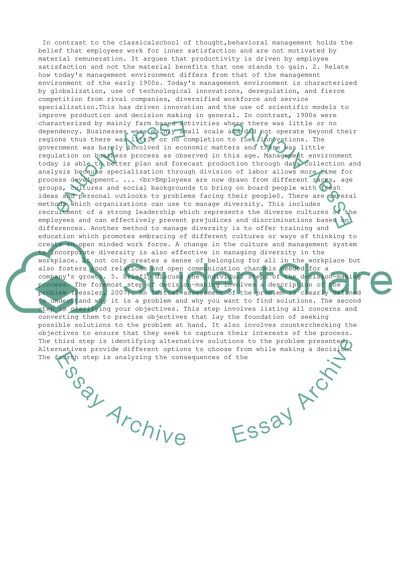Cite this document
(“Types of Organization Research Paper Example | Topics and Well Written Essays - 1500 words”, n.d.)
Types of Organization Research Paper Example | Topics and Well Written Essays - 1500 words. Retrieved from https://studentshare.org/management/1490997-types-of-organization
Types of Organization Research Paper Example | Topics and Well Written Essays - 1500 words. Retrieved from https://studentshare.org/management/1490997-types-of-organization
(Types of Organization Research Paper Example | Topics and Well Written Essays - 1500 Words)
Types of Organization Research Paper Example | Topics and Well Written Essays - 1500 Words. https://studentshare.org/management/1490997-types-of-organization.
Types of Organization Research Paper Example | Topics and Well Written Essays - 1500 Words. https://studentshare.org/management/1490997-types-of-organization.
“Types of Organization Research Paper Example | Topics and Well Written Essays - 1500 Words”, n.d. https://studentshare.org/management/1490997-types-of-organization.


